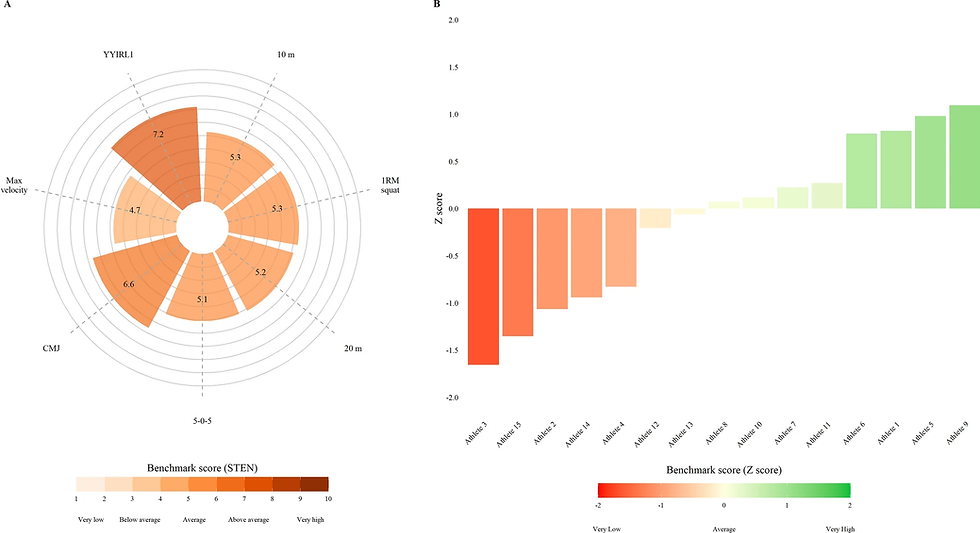How Training Load is Used in Elite Sport for Athlete Management
- Jo Clubb

- Oct 11, 2020
- 2 min read
Updated: Sep 17, 2024
This post outlines our new publication in the International Journal of Sports Medicine on how training load is used for athlete management in elite sports, based on interviews with a range of sports science practitioners.
I am very excited to share this new publication led by Dr Stephen West. This was a fantastic project to be involved with, alongside nine other practitioners from across a variety of sports and around the world.
Stephen synthesised all of our views and experiences into a review (which has been made open access due to popular demand!) that discussed what we can, and equally cannot, use training load monitoring for in the applied environment. Also included in the review are two particularly informative figures displaying the overarching levels of training load monitoring, along with the contextual factors that influence such data.

Please find links to the full article, the citation, and the abstract below.
Available on ResearchGate here.
Available on International Journal of Sports Medicine here.
West SW, Clubb J, Torres-Ronda L, Howells D, Leng E, Vescovi JD, Carmody S, Posthumus M, Dalen-Lorentsen T, Windt J. More than a metric: how training load is used in elite sport for athlete management. International Journal of Sports Medicine. 2020 Oct 19.
Abstract
Training load monitoring is a core aspect of modern-day sport science practice. Collecting, cleaning, analysing, interpreting, and disseminating load data is usually undertaken with a view to improve player performance and/or manage injury risk. To target these outcomes, practitioners attempt to optimise load at different stages throughout the training process, like adjusting individual sessions, planning day-to-day, periodising the season, and managing athletes with a long-term view. With greater investment in training load monitoring comes greater expectations, as stakeholders count on practitioners to transform data into informed, meaningful decisions. In this editorial we highlight how training load monitoring has many potential applications and cannot be simply reduced to one metric and/or calculation. With experience across a variety of sporting backgrounds, this editorial details the challenges and contextual factors that must be considered when interpreting such data. It further demonstrates the need for those working with athletes to develop strong communication channels with all stakeholders in the decision-making process. Importantly, this editorial highlights the complexity associated with using training load for managing injury risk and explores the potential for framing training load with a performance and training progression mindset.








Comments